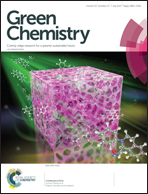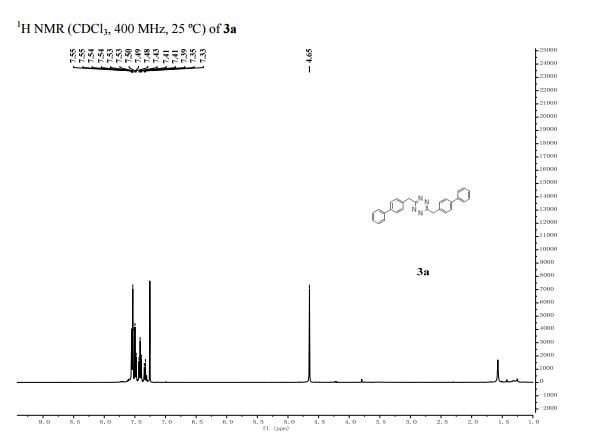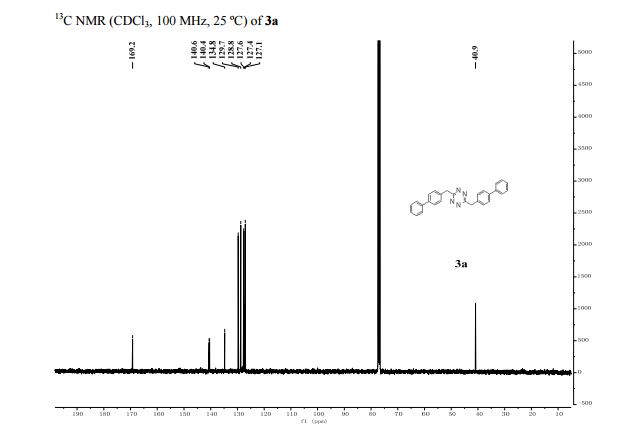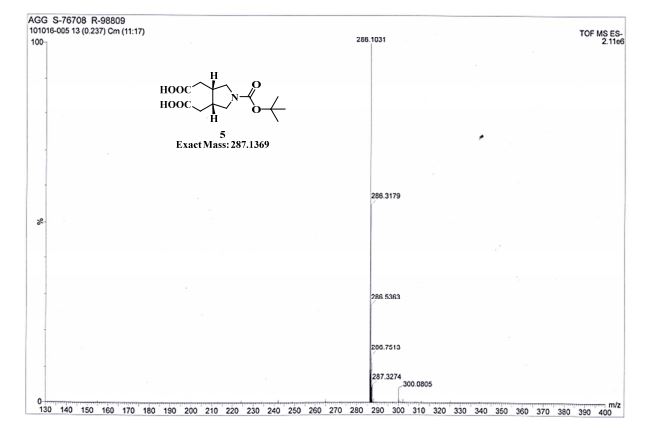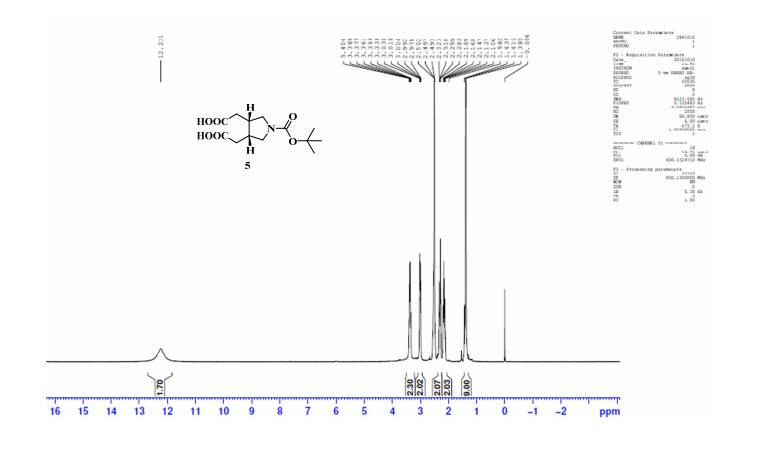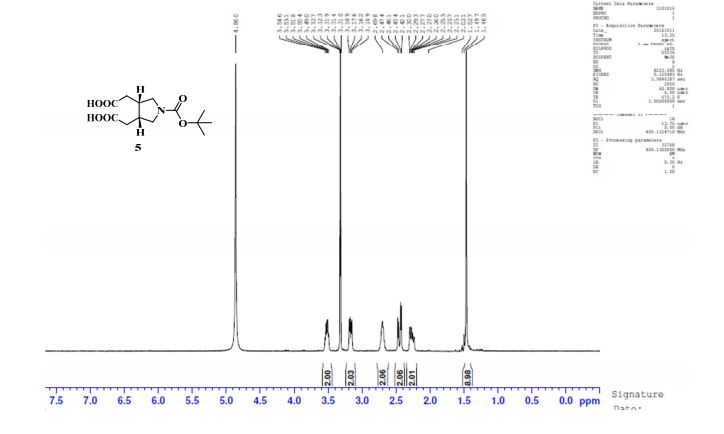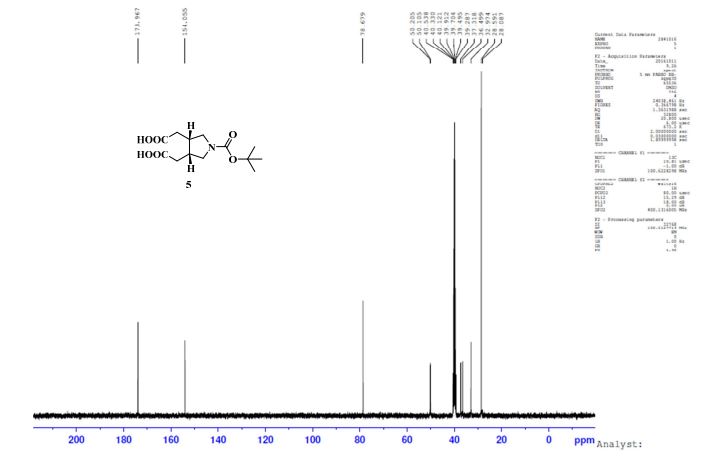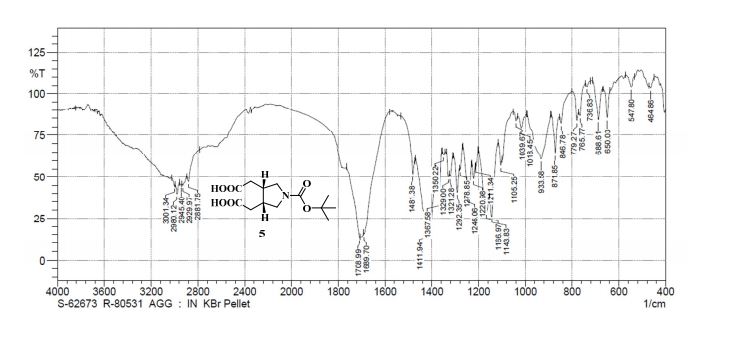2,5-Bis(ethoxymethyl)furan, 6
1H NMR (CDCl3) = 6.20 (s, 2H), 4.36 (s, 4H), 3.47 (q, 4H, J = 7.1 Hz), 1.16 (t, 6H, J = 7.1 Hz);
13C NMR (CDCl3) = 150.9, 109.7, 65.7, 64.7, 15.1 ppm
PREDICTS
//////////
1H NMR (CDCl3) = 6.20 (s, 2H), 4.36 (s, 4H), 3.47 (q, 4H, J = 7.1 Hz), 1.16 (t, 6H, J = 7.1 Hz);
13C NMR (CDCl3) = 150.9, 109.7, 65.7, 64.7, 15.1 ppm
PREDICTS
Green Chem., 2017, Advance Article
DOI: 10.1039/C7GC02211E, Paper
DOI: 10.1039/C7GC02211E, Paper
F. A. Kucherov, K. I. Galkin, E. G. Gordeev, V. P. Ananikov
Efficient one-pot synthesis of tricyclic compounds from biobased 5-hydroxymethylfurfural (HMF) is described using a [4 + 2] cycloaddition reaction.
Efficient one-pot synthesis of tricyclic compounds from biobased 5-hydroxymethylfurfural (HMF) is described using a [4 + 2] cycloaddition reaction.

